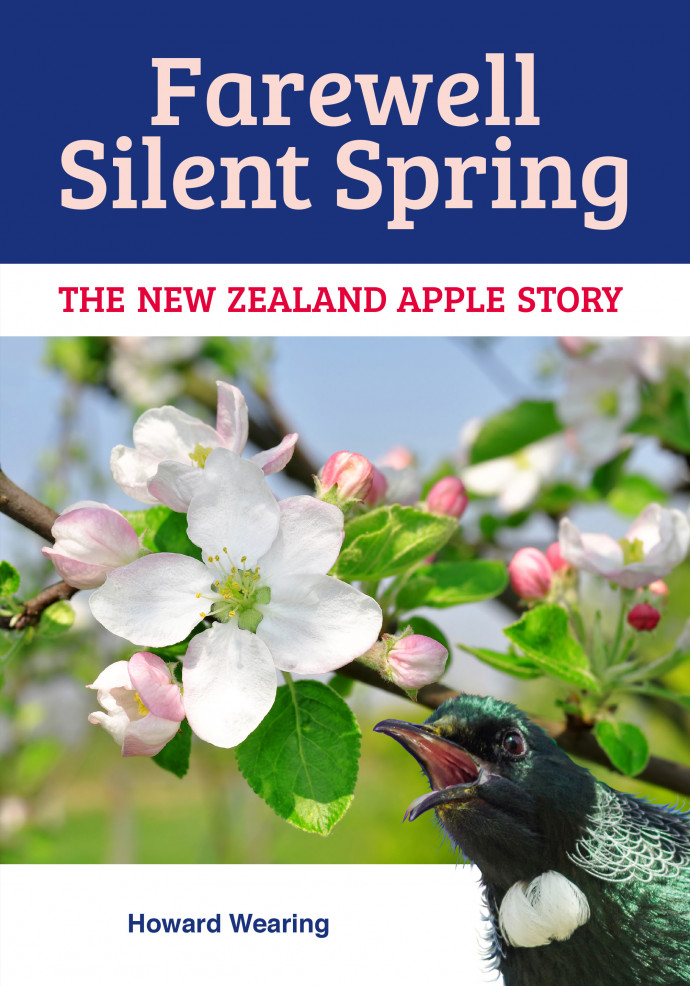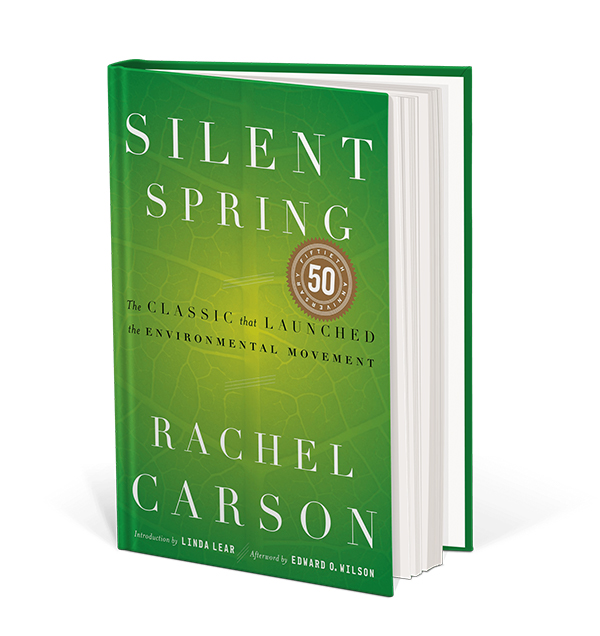

( 2), among others working in this emerging field ( 7, 9, 15), contribute toward in the ocean.


This is what Rachel Carson accomplished in 1962, and what Wilcox et al. In any case, the problem will only be controlled if and when all parties involved (plastic producers, consumers, and regulators) become painfully aware of its magnitude, and its pervasive effects on environmental and human health. More research into reusable or biodegradable alternatives for single-use plastics could also be an important area of inquiry. This is particularly urgent in rapidly industrializing countries where waste management systems lag behind accelerating use of disposable plastics. Such systems include critical infrastructure to collect, transport, safely store, or repurpose discarded plastics. In 1962, Rachel Carson published Silent Spring, a landmark literary piece of the 20th century that focused on the environmental impact of the use of. Silent Spring came as a cry in the wilderness, a deeply felt, thoroughly researched, and brilliantly written argument that changed the course of history. Hence, the first choice for reducing plastic pollution is to minimize its release into the environment through integrated waste management systems ( 7). Clearly, sweeping bans are a limited option for plastics, which are so central to our lives, as I am reminded when typing this on an acrylonitrile butadiene styrene keyboard. What are the solutions, then, for preventing another silent spring scenario? A decade after Rachel Carson’s book was published, the widespread use of DDT in agriculture was banned in the United States, and soon after globally.


 0 kommentar(er)
0 kommentar(er)
